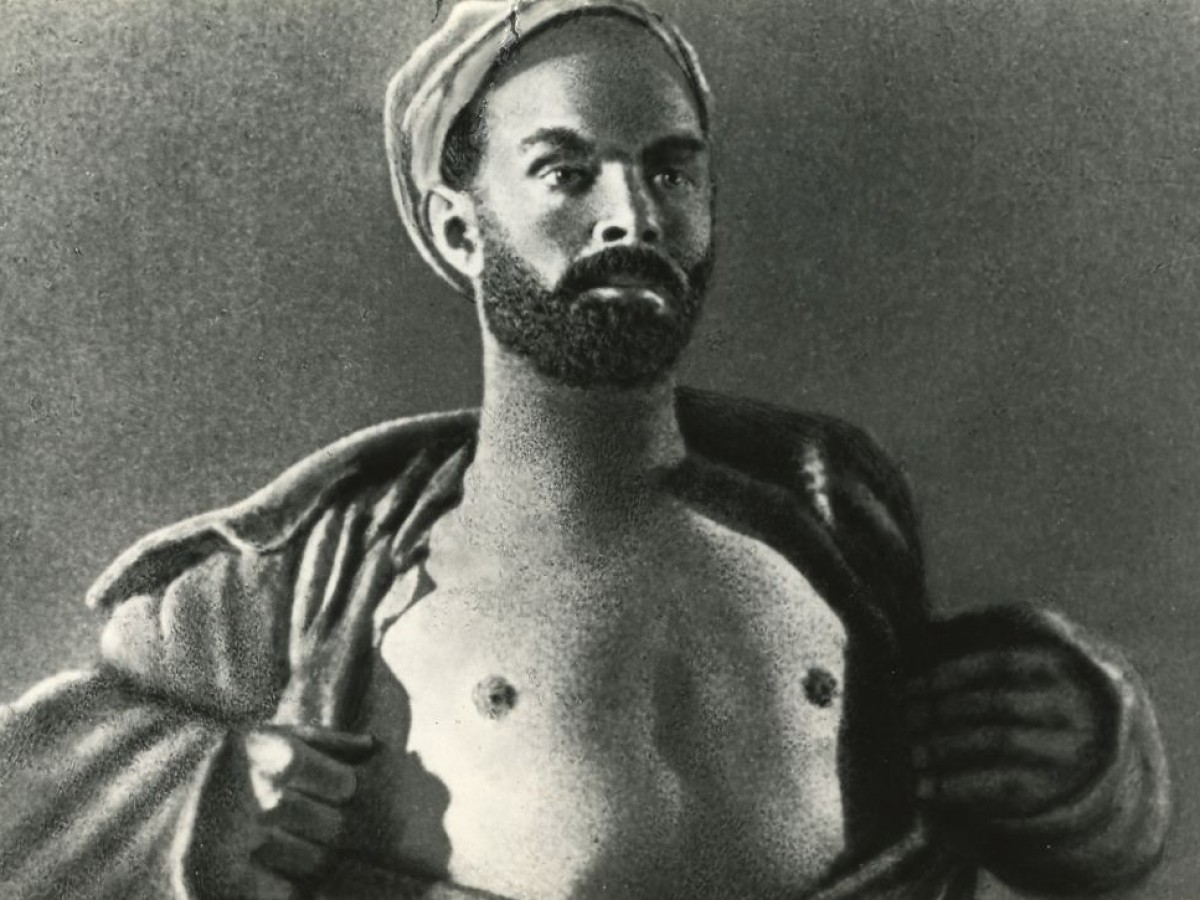KINO Revolution Part 1
Russian Cinema 1918-1929
May 10 to 31, 2006
The classics of Soviet silent cinema remain an essential point of reference in any discussion about aesthetically and politically virulent filmmaking. The young Russian artists of the 1920s, who were inflamed by the Revolution and the sheer joy of the cinematic apparatus, shot films which appear every bit as fresh and modern today as do their manifestos and theoretical writings.
Lenin's much-quoted dictum from 1922 – "of all the arts, the one that is most important for us is film" – was put into effect with great fervour. One was not only propagating the building of a new society, but also the creation of new forms of representation and perception, a "100-percent language of film" (Vertov), a new form of thinking via film.
"Life was so interesting, and none of us had any doubts that the time was ripe for a new art form. This art needed to be audacious, as audacious as the power of the workers and as ruthless as the Revolution is towards all that is old." (Grigori Kozintsev)
Many of the young filmmakers kept close contact with the innovators of other art forms: visual artists like Aleksandr Rodchenko, stage directors like Meyerhold, and writers such as Mayakovsky (whose early film The Girl and the Hooligan from 1918 can be seen in the Retrospective).
They were excited by Futurism and Constructivism, but also by popular culture, by the grotesque and eccentric, and by everything "American", which appeared to them as a wonderful antidote to the sluggish psychologizing culture of the bourgeoisie. Both in its title and as a film, Lev Kuleshov's The Extraordinary Adventures of Mr. West in the Land of the Bolsheviks (1924) is very revealing. The new filmmakers were close to the "Leftist Artists Front" (LEF), tried to reconcile film theory with film politics and film practice, and at the same time were thrilled by the speed and the decidedly "physical" style of slapstick and adventure films from the United States of America.
The pioneers of this turbulent era are represented with several works each in the first part of the Retrospective. Aside from Vertov, this means above all Lev Kuleshov, the "inventor of montage theory", and the founders of the "Factory of the Eccentric Actor" (FEKS) in St. Petersburg, Grigori Kozintsev and Leonid Trauberg. These are well-known names, but their film works are hardly ever shown.
In both cases, thematic diversity meets directorial mastery, as demonstrated for instance by their groundbreaking literary adaptations. Two films from the year 1926, Kuleshov's Jack London adaptation By the Law and the Gogol adaptation The Overcoat by Kozintsev/Trauberg, which virtually overflows with brilliant ideas, are absolute pinnacles of the silent film era. The same can be said for Mr. West or the best-known FEKS-film The New Babylon about the Paris Commune of 1871.
The canonical examples from the 1920s will be present as well. These include Vsevolod Pudovkin, a pupil of Kuleshov's (both as actor, director and theorist), who will be introduced with his short comedy Chess Fever and the three powerful films from the years 1926 to 1929 (Mother, The End of St. Petersburg, Storm Over Asia).
The great film lyricist Aleksandr Dovshenko, son of a Ukrainian peasant, is represented in the first part of the show with the essential Revolution film Arsenal, as well as with his wondrous early work Love's Berries. Esfir Shub's fascinating "found footage film" The Fall of the Romanov Dynasty stands alongside the delightful and hilarious comedies of the former boxer and actor Boris Barnet: The House on Trubnaya and The Girl with the Hat Box.
The selections for the Retrospective offer evidence that Soviet cinema from this period consisted only partly of "politics" and "montage". The wide range of genres, styles and narrative forms is what makes up the actual wealth of these years.
The darling of the public, Yakov Protazanov, who returned home from emigration in 1923, continued his pre-Revolutionary career as director with the science fiction epic Aelita: Queen of Mars (1924) and with outstanding adventure comedies (The Case of the Three Million); the Meyerhold pupil Abram Room succeeded with a naturalistic satire on "free love" (Bed and Sofa, 1928) just as easily as with Expressionistic films founded on the logic of dreams; and the young Fridrikh Ermler, a onetime member of the Red Guard, anchored his highly political subjects in detailed character studies and surrounded them with extravagant formal ideas (A Fragment of Empire, 1929). For all their diversity, the last three directors have one thing in common.
In the late 20s they enjoyed as much attention as Eisenstein or Pudovkin; today they are virtually unknown, and their rediscovery is long overdue.


